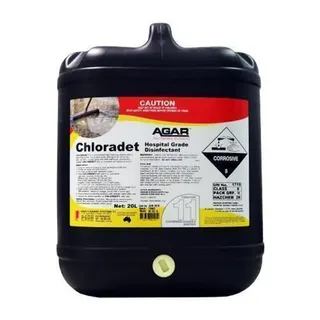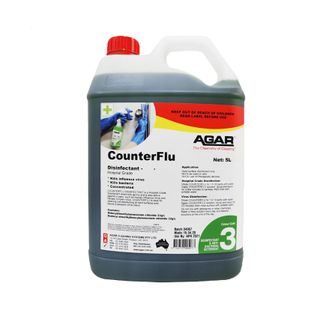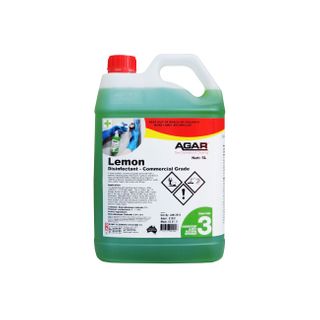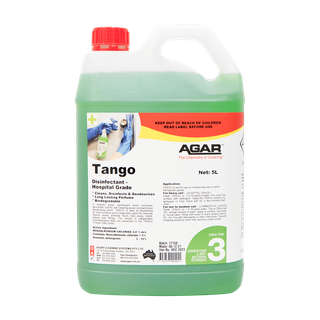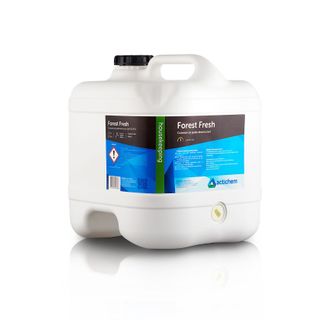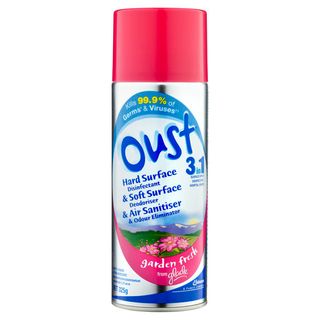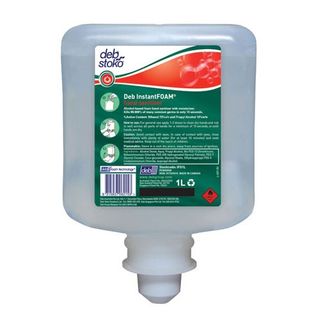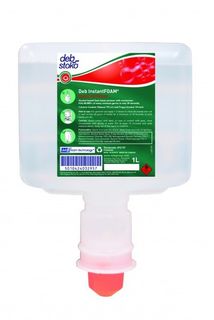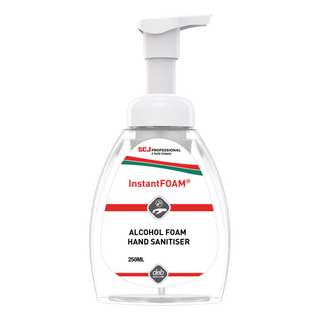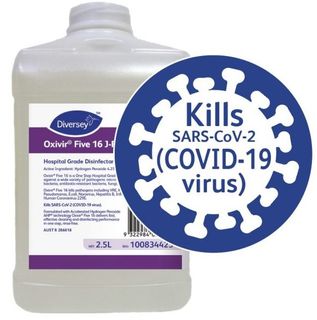Disinfectant Chemicals

Disinfectant chemicals play a vital role in settings where hygiene is a concern. The ideal solution when selecting your product is something that rapidly destroys bacteria, fungi, viruses, and protozoans, while not corroding tools and surfaces, or dis-colouring materials on which it is used. Having a clean and disinfected space is needed from medical facilities to commercial settings, and you need the right tools for the job. Browse our full range to find the product for you.
Disinfection is a precise standard. A TGA approved disinfectant must kill 999,000 of 1m germs. Chemicals targetting specific viruses (like COVID) may require specific testing and certification.
That compares with Sanitising chemicals that only kill 999 of 1000 germs. Sanitisers may use alcohol or quaternary compounds in various strengths.
And anti-bacterial chemicals make an effort at killing germs but have no specified range.
So if you want to kill germs/ viruses disinfectant chemicals are the most effective option.
What To Consider When Choosing Your Products?
There are a key factors to consider before selecting disinfectant cleaning chemicals. First and foremost is the surface you are preparing or cleaning, and what germs/ bacteria/ dirt your are trying to deal with. Primary elements to consider in making a decision are effectiveness, kill time, safety, and surface you are cleaning.
EFFECTIVENESS
The main concern is whether the solution chosen has the ability to tackle the substances present in your space. It must be able to kill the microbes and pathogens that are of top concern in your facility that compromise having a safe and healthy work environment. A common medical concern is the presence of Staphylococcus aureus Methicillin Resistant (MRSA). Some products, like Viraclean, are TGA approved as effective against this type of bacteria and are able to tackle the strains present in most cases. Pathogens can have multiple strains, and disinfectants are certified for specific strains. Pending your industry and facility – healthcare, education, long-term care, hospitality – you will have varying needs and requirements that you must cater to.
KILL TIME
Kill time is the period required for the chemical to be effective. That has implications for the cleaning protocol to be followed by cleaners - how much time do they have, will it interfere with work time. Some surfaces require more time, and some dirt loads need removal first before disinfection can be done. The formulas behind these products are registered to kill specific pathogens in a specific amount of time, and they need to be wet on a surface the entire time to be actively working. If a space needs to be used actively within time constraints, you need to get a product that supports this. Thirty seconds to five minutes might be a typical kill time, but can need as much as 10 minutes to fully disinfect the surfaces. Alcohol-based disinfectants may very well evaporate before their required contact time, and alcohol may attack some surfaces notably rubber like in gyms.
SAFETY
Some categories of product are toxic, some may stain, and others are corrosive, all of which are suited to a particular need or environment. Check toxicity and flammability ratings on products, as well as any personal protective equipment (PPE) recommendations for disinfectants you apply. Check SDS sheet information, and ensure its stored near chemicals. Be sure a disinfectant will not damage any surface it is intended for. Ensure that you selecta option suited to your situation.
Disinfectant chemicals are needed in many industries and settings to ensure that everything is up to standards with cleanliness and hygiene. As a full range of solutions on offer our selection is sure to provide you with everything you need to keep your workspace or property in order and up to standards. Browse our range or contact us directly!
Join us on socials |
|

